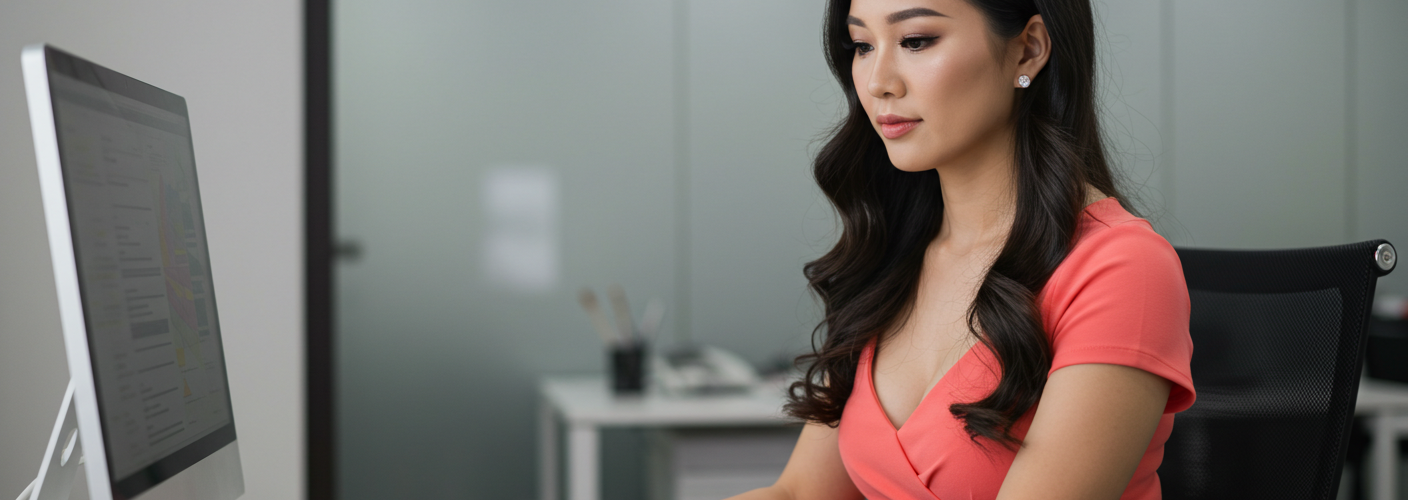When it comes to user experience in operating systems, particularly in the realm of login methods, more often than not, convenience is key. As someone who has dipped into the nuances of Windows Hello, I’ve found myself wondering about the focus-stealing behavior of its pin-entry window, especially when transitioning from Windows 10 to Windows 11. Am I crazy to think that the Windows Hello prompt should take priority when I’m entering my credentials?
To set the stage, let’s discuss what Windows Hello is and how it works. Windows Hello is a biometric login feature introduced in Windows 10, designed to enhance security while making user authentication more accessible. It allows users to sign into their devices using facial recognition, fingerprints, or a PIN. For many of us who rely on saved usernames and passwords for various sites, Windows Hello serves as a convenient bridge to fill those fields quickly.
In my experience with Windows 10, when I clicked on a username field that I frequently logged into, a small window would promptly pop up, enabling me to input my PIN seamlessly. Once I entered my PIN, Windows Hello would automatically populate my username and password, allowing me to bypass manual entry and proceed with minimal distractions. It was a streamlined process that reflected the efficiency I sought.
Fast forward to my recent transition to a new PC with Windows 11, and here lies my point of contention: the focus-stealing behavior of the Windows Hello PIN entry window. Instead of coming to the forefront when I click on a username field, that little window is often relegated to the background or minimized. Consequently, I find myself fishing around my desktop to locate it, delaying my login process and hampering my productivity.
This change may seem minor, but for someone who operates on tight schedules and values time management, it’s frustrating. The smooth workflow I had grown accustomed to in Windows 10 feels like it has come to a halt. Productivity, after all, isn’t just about completing tasks; it’s about doing so efficiently. Allowing my workflow to be disrupted because of an interface quirk feels unacceptable.
Is this behavior unique to my setup, or is it a widespread issue that others are experiencing too? Conversations in tech forums suggest that it isn’t just me; several other users have expressed similar grievances regarding the focus behavior of Windows Hello in Windows 11. It appears that this alteration is neither a technical glitch nor a personalized problem, but rather a design choice by Microsoft. Understanding this point prompts a deeper inquiry: why would they design it that way?
It could be argued that the reasoning might stem from a broader perspective on multitasking and user experience. Some might view the window appearing minimized as an opportunity for users to simultaneously engage with other tasks. However, from my standpoint, there’s a crucial distinction between multitasking and losing focus on an immediate task. When I am specifically logging into a site, my primary focus should remain on that process until it’s complete.
Interestingly, this isn’t an isolated incident. Many applications and interfaces struggle with focus-stealing behavior, leading to a lack of productivity during important tasks. Once you come to appreciate the efficiency of a well-designed user interface, experiencing any deviation from that can feel tremendously cumbersome.
So, what can be done to mitigate this issue? If there’s a solution, it’s in understanding how Windows 11 manages focus with its apps. For those tech-savvy individuals, exploring settings related to notification behavior might yield some options. Adjusting how windows are prioritized in settings, or disabling features that allow application windows to minimize when they are not in focus, could be potential remedies.
Additionally, reaching out to Microsoft through forums or their support line may help bring more awareness to this situation. Sometimes, when user experience issues are aggregated in forums, they can push a company to consider tweaks or updates in their interface design.
In ongoing discussions within tech communities, users might also explore alternative credential management tools that seamlessly integrate with Windows Hello. Finding a third-party password manager with robust features and focus-stealing capabilities could provide a workaround that enhances productivity without compromising security.
In closing, the simplicity and effectiveness of Windows Hello’s PIN functionality have been an asset in streamlining my login processes. However, the shift in behavior I’ve encountered with Windows 11 presents a valid challenge to my productivity. It begs the question: should software prompts always be designed with the user’s primary task in mind? Am I crazy for wanting that small window to grab my attention the moment I interact with my login credentials? While there may not be a one-size-fits-all solution, raising awareness is an essential first step in advocating for a smoother, more intuitive user experience.
The conversation about this user experience goes beyond personal dissatisfaction; it sparks an important dialogue about the importance of user interface design and productivity. As users, we must not shy away from voicing our preferences and advocating for enhancements that could make our digital interactions more seamless. After all, we are the ones who navigate these systems every day, and our experiences should shape the evolution of the very tools we rely on.





Add comment